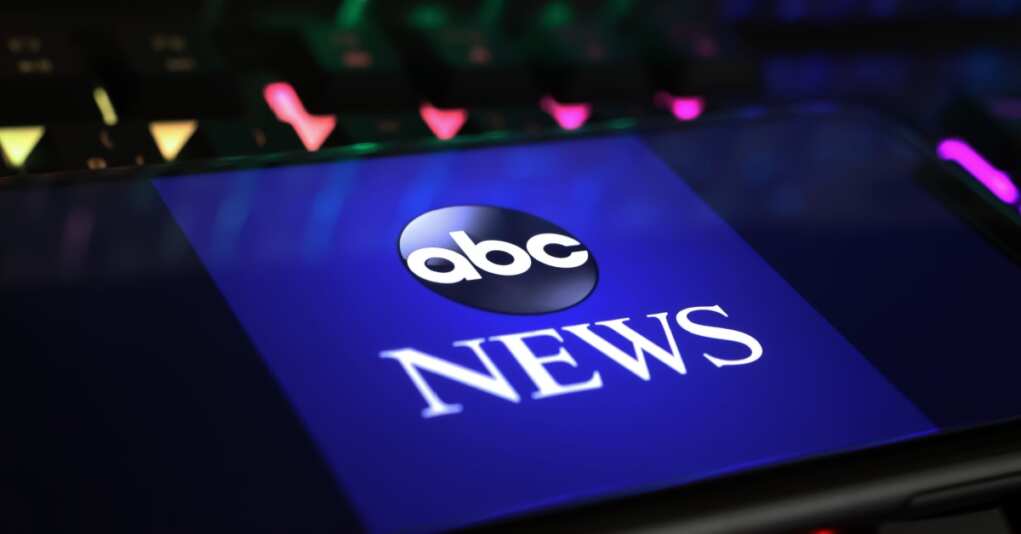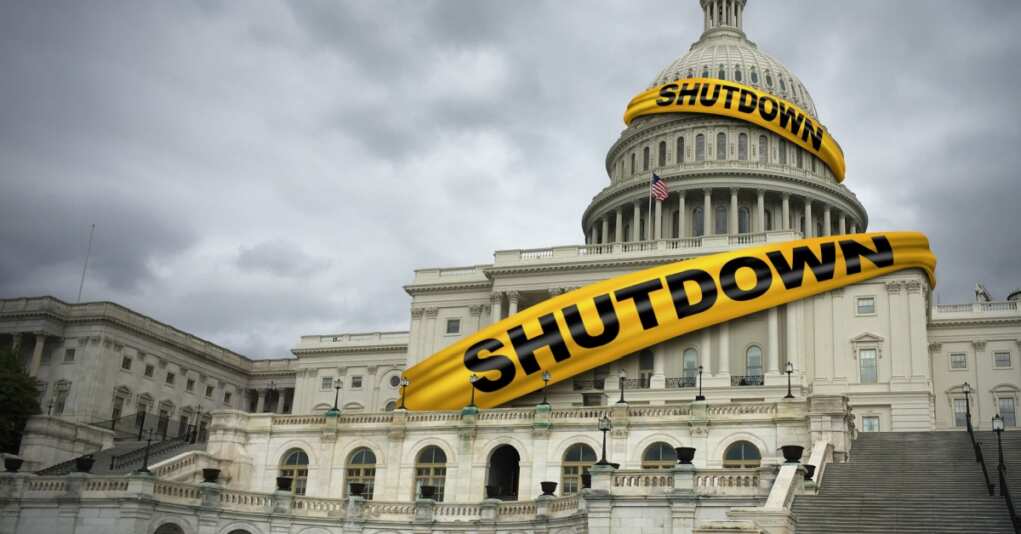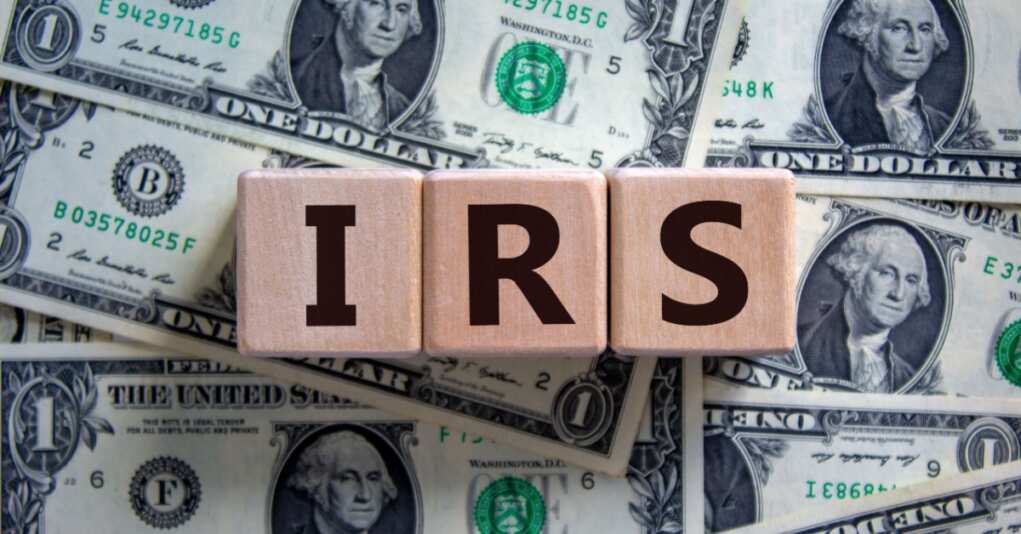New Trade Deal Promises Export Boom: Will American Goods Finally Get Their Day in the Sun?
Travel mania / shutterstock.comIn a move that has trade enthusiasts and skeptics alike raising their eyebrows, the United States has inked a new international trade agreement aimed at boosting American exports. Yes, you heard that right. After years of political grandstanding and economic hand-wringing, it seems our leaders have decided that selling more ‘Made in USA’ products abroad […]
Trump’s FBI Shake-Up: Kash Patel Poised to Take the Helm as Wray Bows Out
Consolidated News Photos shutterstock.comIn a move that has Washington’s political class buzzing, President-elect Donald Trump has nominated Kash Patel to succeed Christopher Wray as Director of the Federal Bureau of Investigation. Patel, a figure known for his unwavering loyalty to Trump and his critical stance toward the FBI’s previous leadership, is set to bring a seismic shift to […]
Global Warming: The EU’s Latest Climate Alarmism Hits a Fever Pitch
Quality Stock Arts / shutterstock.comIn a startling announcement that has undoubtedly reverberated through the halls of Brussels, the European Union’s Copernicus Climate Change Service has declared 2024 the hottest year on record. Yes, that’s correct: the hottest year ever recorded since data collection began. According to these climate experts, global temperatures have reached unprecedented levels, exceeding the alarming threshold […]
ABC News Forks Over $15 Million to Trump: When ‘Oops’ Costs a Fortune
Ralf Liebhold / shutterstock.comIn a turn of events that could make even the most seasoned news anchor break into a sweat, ABC News has agreed to a $15 million settlement with President-elect Donald Trump. The reason? A slip of the tongue by none other than George Stephanopoulos, who inaccurately stated that Trump had been found liable for ‘rape’ […]
Trump’s Birthright Citizenship Gambit: Can He Rewrite the Constitution with a Pen?
Evan El-Amin / shutterstock.comIn a move that’s sure to ignite both applause and outrage, President-elect Donald Trump has once again set his sights on ending birthright citizenship. Yes, you heard that right. The man who brought us ‘You’re fired!’ now wants to tell newborns, ‘You’re deported!’ But can he actually pull it off? Let’s dive into this constitutional […]
Congressional Clown Car Crashes Again: Government Shutdown Imminent
Lightspring / Shutterstock.comWell, folks, here we are again—another day, another display of congressional incompetence. The House of Representatives, in its infinite wisdom, has failed to pass the latest Continuing Resolution (CR) to fund the government. You know, the basic function they’re elected to perform. As a result, we’re staring down the barrel of yet another government shutdown. […]
Judicial Juggling: Congress Plays Politics with New Judgeships, Biden Cries Foul
MZinchenko / shutterstock.comIn a political drama that could rival any courtroom thriller, the U.S. House of Representatives has passed a bill to add 66 new federal judgeships—the first major expansion since 1990. The bipartisan legislation, known as the JUDGES Act, aims to address the growing backlog in federal courts by creating new district court positions over the […]
American Pilgrim’s Progress: From Syrian Jail to U.S. Custody—A Journey of Faith and Geopolitics
MarBom / shutterstock.comIn a tale that reads like a modern-day ‘Pilgrim’s Progress,’ 29-year-old Travis Timmerman of Urbana, Missouri, has been freed from a Syrian prison and is now in U.S. custody. Timmerman, who embarked on a Christian pilgrimage to the Middle East, found himself detained by Syrian authorities for seven months after crossing into the country from […]
Texas Throws the Book at New York Abortionist: Paging Dr. Jurisdiction!
Shutterstock.comIn a legal showdown that could redefine the boundaries of state sovereignty and medical ethics, Texas Attorney General Ken Paxton has filed a lawsuit against Dr. Margaret Daley Carpenter, a New York-based physician, for allegedly prescribing abortion-inducing drugs to a Texas resident via telemedicine. This case marks the first significant test of the so-called ‘shield […]
Kari Lake Heads to Washington: Arizona Republicans Say, ‘Good Luck, D.C.!’
Maxim Elramsisy / shutterstock.comKari Lake, the firebrand former Arizona gubernatorial candidate, is heading to Washington, and let’s just say, some Arizona Republicans are breathing a sigh of relief. ‘Now she’s the world’s problem,’ quipped one state GOP insider. It’s a sentiment that seems to capture the mixed emotions about Lake’s meteoric rise and unapologetic style. But whether you […]
Jim Justice’s Victory: West Virginia’s Political Makeover or Just a New Coat of Red Paint?
Andriy Blokhin / shutterstock.comIn a move that surprised absolutely no one, West Virginia Governor Jim Justice has clinched the state’s open U.S. Senate seat, succeeding the retiring Senator Joe Manchin. This victory marks a significant shift in West Virginia’s political landscape, as both of its Senate seats are now held by Republicans for the first time since 1958. […]
Elise Stefanik: From Trump’s Fiercest Defender to America’s Diplomat-in-Chief at the U.N.
Maxim Elramsisy / shutterstock.comPresident-elect Donald Trump has nominated Representative Elise Stefanik as the United States Ambassador to the United Nations in a move that has left the international diplomatic community both bemused and bewildered. Stefanik, a New York Republican and one of Trump’s most ardent supporters in Congress, is set to transition from the partisan battlegrounds of Capitol […]
Mitt Romney’s Senate Exit: Will Anyone Miss the GOP’s Favorite Trump Critic?
a katz / shutterstock.comMitt Romney’s announcement that he’s leaving the U.S. Senate at the end of his term has sparked a cascade of speculation. Will this signal the dawn of a new Republican era, or is it simply the end of a chapter no one really wanted to read? For years, Romney has played the part of the […]
IRS Finds $4.7 Billion in Couch Cushions, But Braces for Leaner Days Under Trump
Dmitry Demidovich / shutterstock.comThe IRS has pulled off what can only be described as a miraculous feat, recovering $4.7 billion in back taxes. Yes, billion with a B. Apparently, some folks weren’t paying their ‘fair share,’ a phrase the Left loves to throw around until it applies to their Silicon Valley donors or Manhattan elites. But don’t worry, […]
Birth Tourism: The Citizenship Loophole Nobody Bothered to Close
Media_Photos / shutterstock.comRep. Tom Tiffany, R-WI, has turned his attention to Chinese “birth tourism,” a niche industry where pregnant women strategically fly to U.S. territories like the Northern Mariana Islands to give birth and secure American citizenship for their newborns. Apparently, there’s a whole industry of pregnant Chinese women jetting into U.S. territories like the Northern Mariana […]
















